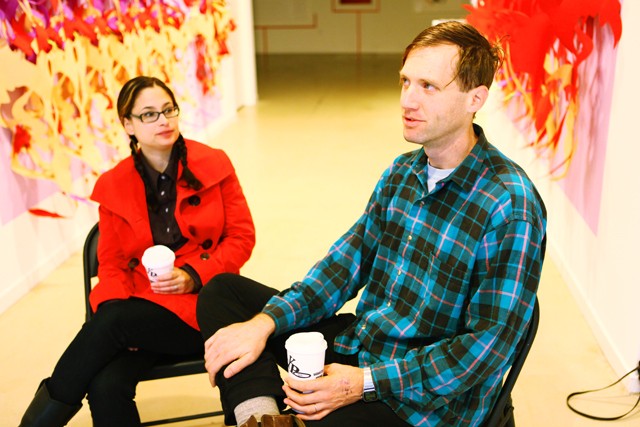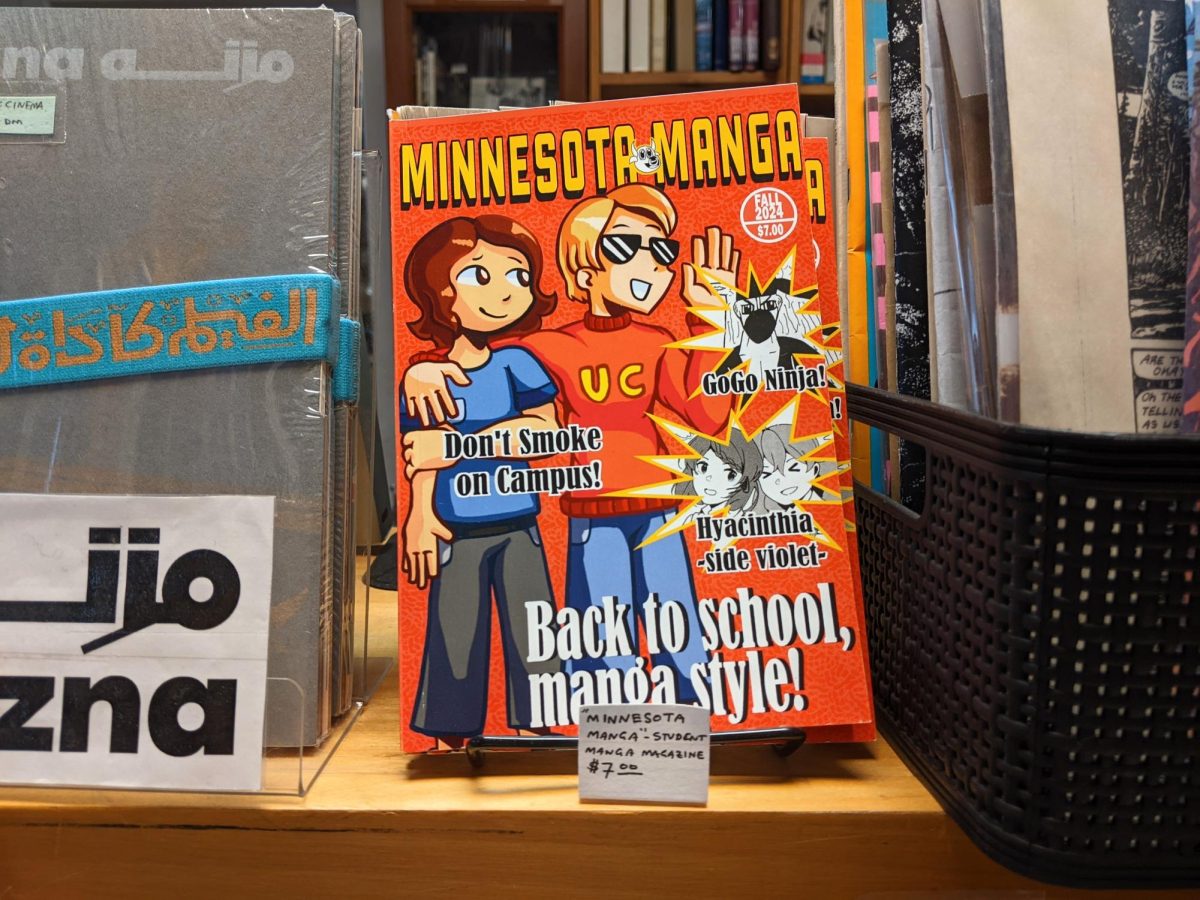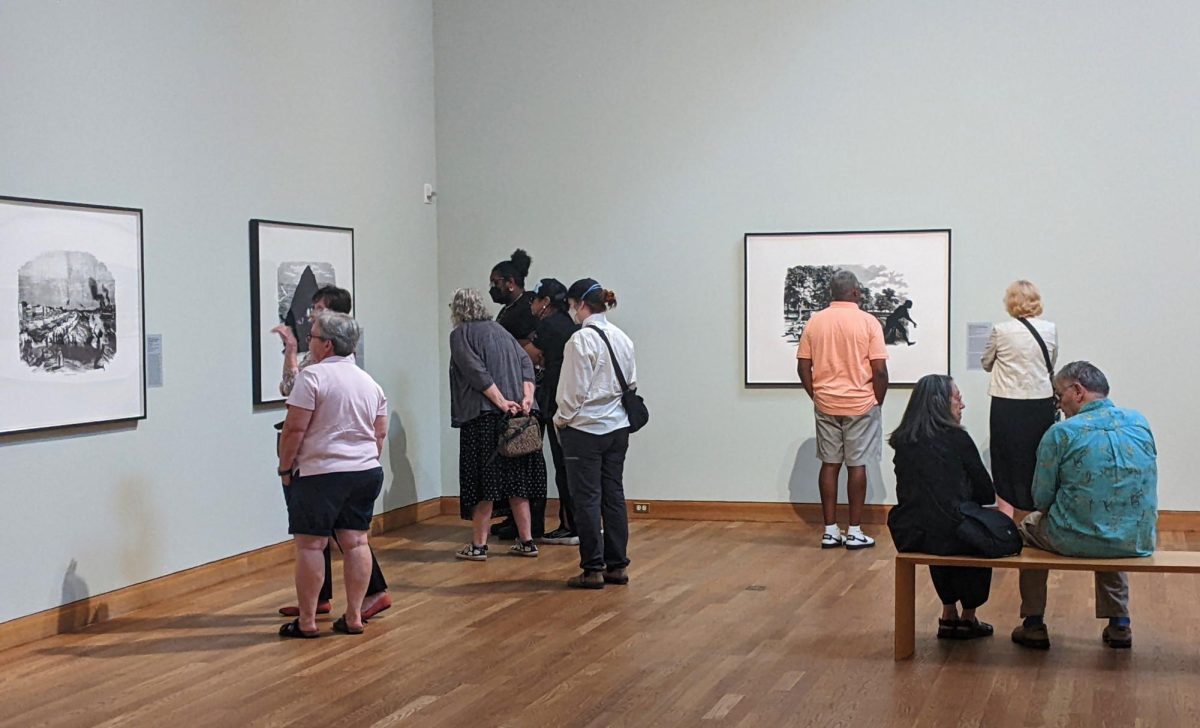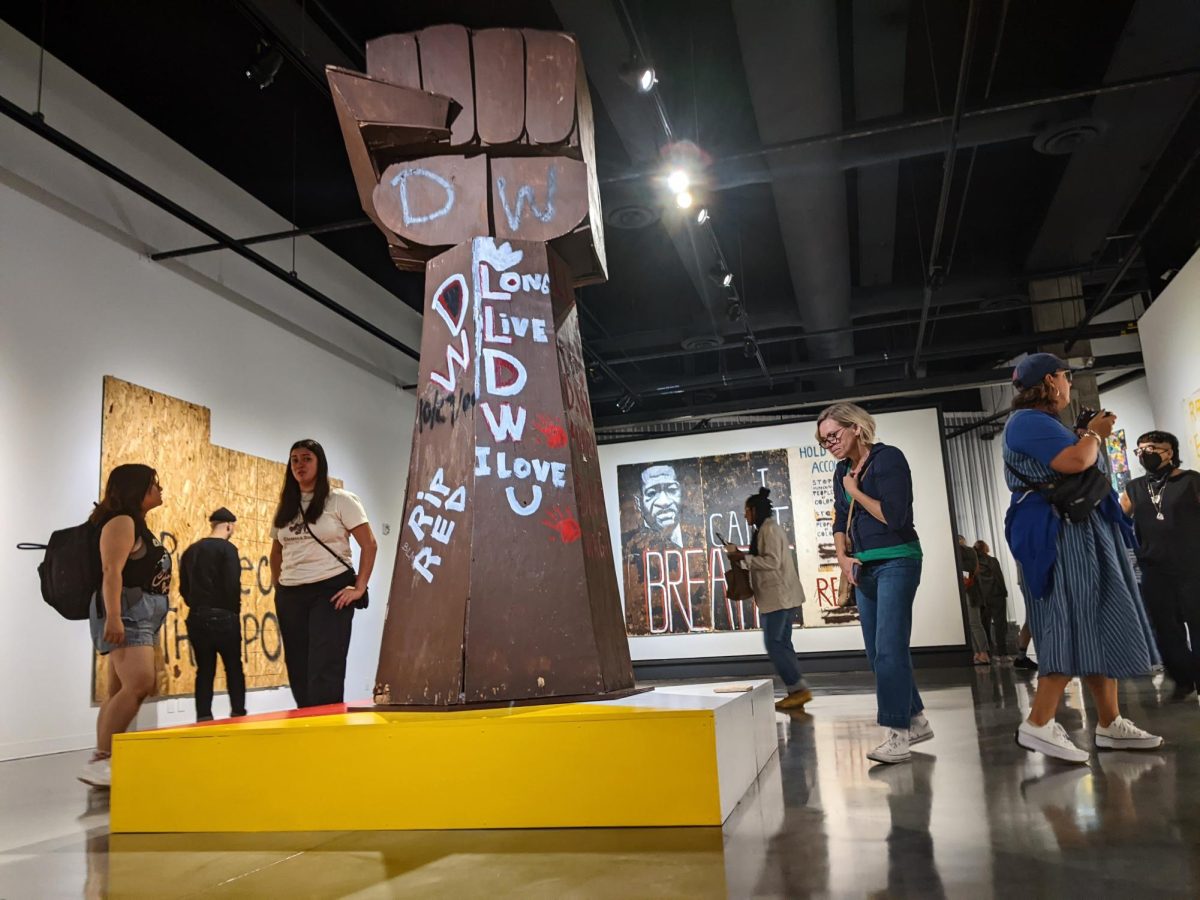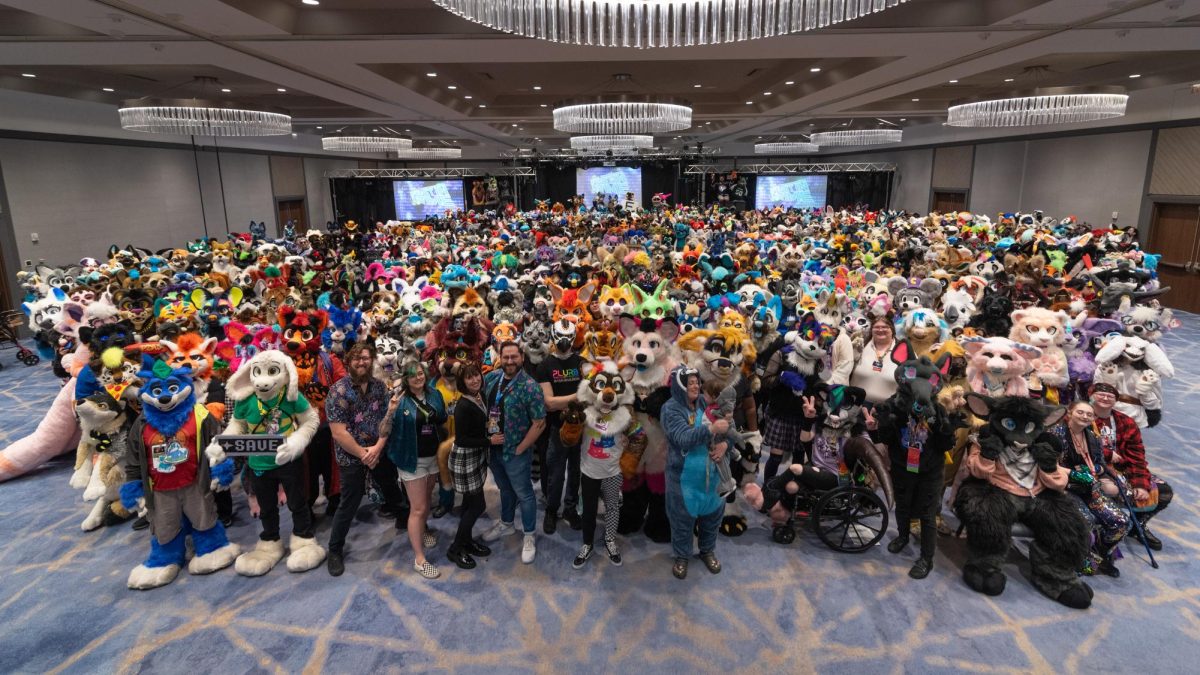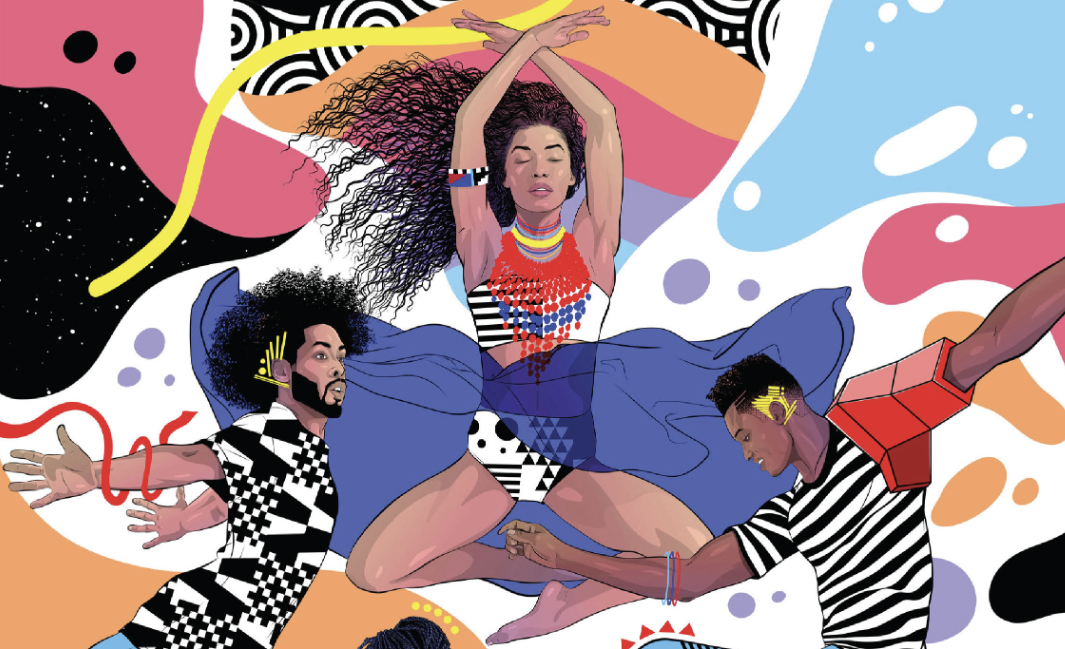WHAT: Alternative Futures: New Work by Allen Brewer and Pamela Valfer
WHEN: Until Oct. 31
WHERE: Soo Visual Arts Center, 2640 Lyndale Ave S
Much to their dismay, Pamela Valfer and Allen Brewer both grew up during the Reagan era. In this last bit of the Cold War, popular culture still had a good handle on breeding an irrational fear of the Reds within America’s youth. Even more significant was the period’s resulting nuclear panic that nations could be destroyed with a few bombs. But in the end, doomsday never came.
Yet this pondering of human permanence still resonates with Brewer and Valfer. Their “Alternative Futures” exhibit, which will occupy the front gallery space of Minneapolis’ Soo Visual Arts Center through Oct. 31, continues to explore these projections of ultimate societal fates.
These visual summations are largely constructed through the manipulation and juxtaposition of found objects, a beloved choice in material for the recently married couple.
“I’ve always loved recontextualizing things that already exist,” Valfer said, “Objects have an aura that invites us to them, so I like juxtaposing them to new things to create new histories.”
While Brewer and Valfer have collectively presented a gallery of works that thematically surround this uncanny American desolation, both artists worked alone on their individual pieces.
“Both of us started working on different paths toward the work that you see here,” Valfer said. “It allowed us to be more aware of the connections between us.”
Yet their respective works do contrast in material and scope. Brewer’s collection largely utilizes found photographs that are then etched on some piece of ephemeral material through carbon paper.
“For me to get into that piece, I have to kind of understand where it came from and why it was thrown out,” Brewer said. “I treat it kind of like a lost child, so I want to give it more importance than from where I found it.”
In contrast, Valfer’s portion of the gallery demonstrates a more blatant unity among images.
Her portion, titled “Reclamation Project: Repatriation Exercise #1,” constructs an eerily bizarre woodland scene on the gallery’s front left wall.
“It’s about recreating the animal from pieces and returning it back to the idealized nature,” Valfer said.
Yet the truly remarkable thing about this collection is how effectively this contrast of imperfect nature rises from the remolded material.
One of Brewer’s pieces, “I Just Adore Being,” presents a photograph of a grotesque actor etched onto found fuchsia paper. The piece’s title sits in text beneath the carbon imprint. The multitude of ironies that rise from the piece’s found nature introduces these questions of human sincerity and emotional authenticity.
While pieces like Brewer’s “The New World” more overtly present a fragmented post-apocalyptic landscape, pieces such as the aforementioned work also submit an unnerving juxtaposition that questions the worth of the human condition in the face of the end.
In conversation, Valfer and Brewer are substantially less macabre than the work would imply. It’s actually their fondness for all things natural that lends itself to their images catastrophe.
“We’re both really grounded when we’re surrounded by nature,” Brewer said, “So that’s kind of important.”
Essentially, it’s an exhibition crafted from and concerning beloved material and the distress of an event that would terminate such sublimity. This fondness of nature within the exhibition, however, arrives with that heavy apocalyptic fear born from their childhood zeitgeist. Perhaps the only unnerving thing to the viewer is how alarmingly resonant the imagery can still feel today.


